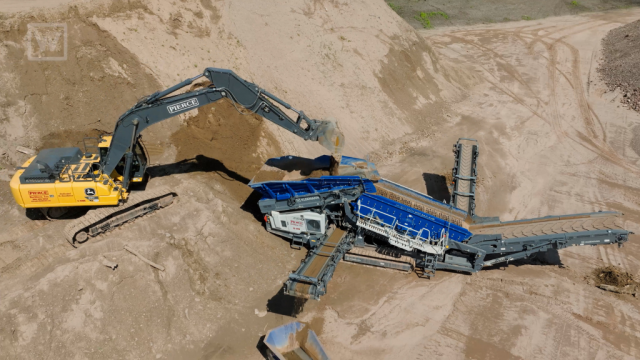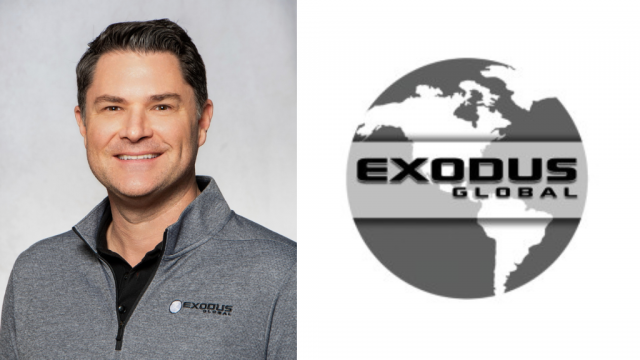C-Crete Surpasses 3,300 Tons of Near-Zero-Emissions Concrete Poured
In addition to reduced CO2 emissions from the production process, C-Crete also absorbs CO2 from the air.

Sustainable building materials company C-Crete Technologies, founded by MIT Professor Rouzbeh Savary, says it has surpassed a milestone of 3,300 tons poured of its near-zero-emissions concrete.
Recent projects using C-Crete’s concrete, which uses no Portland cement, include the world’s first granite-based concrete floor slab in JPMorganChase’s global headquarters, slabs and foundations for the San Francisco International Airport and a section of Highway I-94 Westbound for the Minnesota Department of Transportation.
C-Crete’s “activated rock” production process for its concrete product, for which it holds 10 patents, uses locally sourced, pulverized non-carbonate rocks as a binder. As a result, the final product holds the original pigment of the rocks used, making it the first natural color palette concrete in the industry, the company says.
In addition to reduced CO2 emissions from the production process, C-Crete also absorbs CO2 from the air and becomes carbon-negative over time, the company adds.
"In an ever-changing world of concrete construction, many are searching for better options for low- or zero-carbon concrete. C-Crete is providing a new option made possible through a cement replacement process. We have used their product at the JPMorganChase headquarters in New York City, and we look forward to continuing to work with C-Crete for future projects," said Michael Zagula, CTO of SRM Concrete.
In October 2024, C-Crete was awarded grants totaling $10.4 million from the California Energy Commission and the U.S. Department of Energy to scale up its carbon emission-free concretes.
In 2023, C-Crete received a nearly $1 million boost from the U.S. Department of Energy to expand development of the low-carbon alternative to Portland cement.
C-Crete made its public debut in July 2023 when about 60 tons were poured for the foundation and shear walls for a seismic retrofit and energy upgrade project for a 111-year-old building in Seattle.

 machineryasia
machineryasia 







